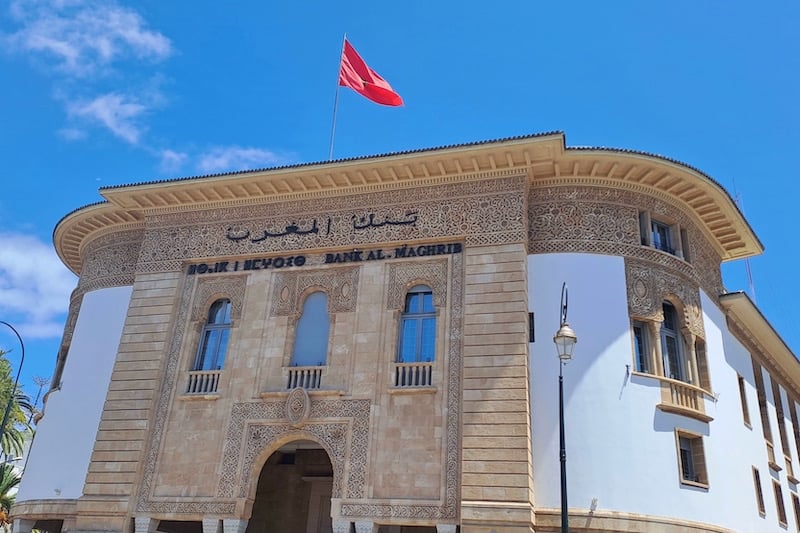Morocco’s financial oversight committee praised progress in strengthening the country’s compliance and efficiency in combating money laundering and terrorism financing. The remarks follow Morocco’s removal from the Financial Action Task Force’s (FATF) gray list earlier this year.
The Coordination and Oversight Committee on Systemic Risks, which includes national financial authorities and operates under Bank Al-Maghrib’s supervision, held its 20th meeting Tuesday in Rabat. The committee emphasized the importance of sustained efforts as Morocco prepares for the third round of mutual evaluations from the Middle East and North Africa FATF group, slated for 2026.
In its mid-2024 assessment, the committee noted a 17.3% increase in the banking sector’s cumulative net income on an individual basis, driven by improved market and intermediation operations. Morocco’s banks reported strong solvency ratios, with a capital adequacy ratio of 16% and a Tier 1 capital ratio of 13.3%, exceeding the regulatory minimums of 12% and 9%, respectively.
On a consolidated basis, the ratios stood at 13.8% and 11.9%, respectively. Stress tests conducted by the committee confirmed the sector’s resilience under severe economic scenarios, with short-term liquidity ratios also remaining above regulatory requirements.
The insurance sector demonstrated robust growth, with premiums totaling 49.6 billion dirhams ($4.8 billion) by the end of October 2024, marking a 4.5% year-over-year increase. Growth was observed in both life and non-life insurance segments.
Meanwhile, the Casablanca Stock Exchange continued its upward trend. The MASI index rose 22% year-to-date as of Dec. 17, 2024, while market volatility remained moderate. The price-to-earnings ratio stood at 17.7x, below the five-year average of 20x, reflecting increased corporate earnings. The stock market’s liquidity rate also improved to 11.48% in November, up from 9.50% a year earlier.
In the bond market, treasury bond issuances fell to 169.2 billion dirhams ($16.3 billion) by November 2024, down from 239.8 billion dirhams ($23 billion) the previous year. Private debt outstanding grew by 8.3% to 272.2 billion dirhams ($26.2 billion), with 59.7% allocated to credit institutions. Corporate debt levels remained manageable, at 55% of equity for listed companies and 85% for unlisted issuers.
The committee acknowledged ongoing geopolitical tensions and heightened global uncertainty, which are expected to weigh on economic growth. Bank Al-Maghrib projects Morocco’s economic growth to slow from 3.4% in 2023 to 2.6% in 2024 before rebounding to 3.9% over the following two years.
“Morocco’s financial system continues to demonstrate resilience in the face of global challenges,” the committee said, emphasizing the need for ongoing vigilance and strategic planning to sustain stability.
The post Morocco’s financial system shows resilience amid global uncertainty appeared first on HESPRESS English – Morocco News.





 No products in the cart.
No products in the cart.